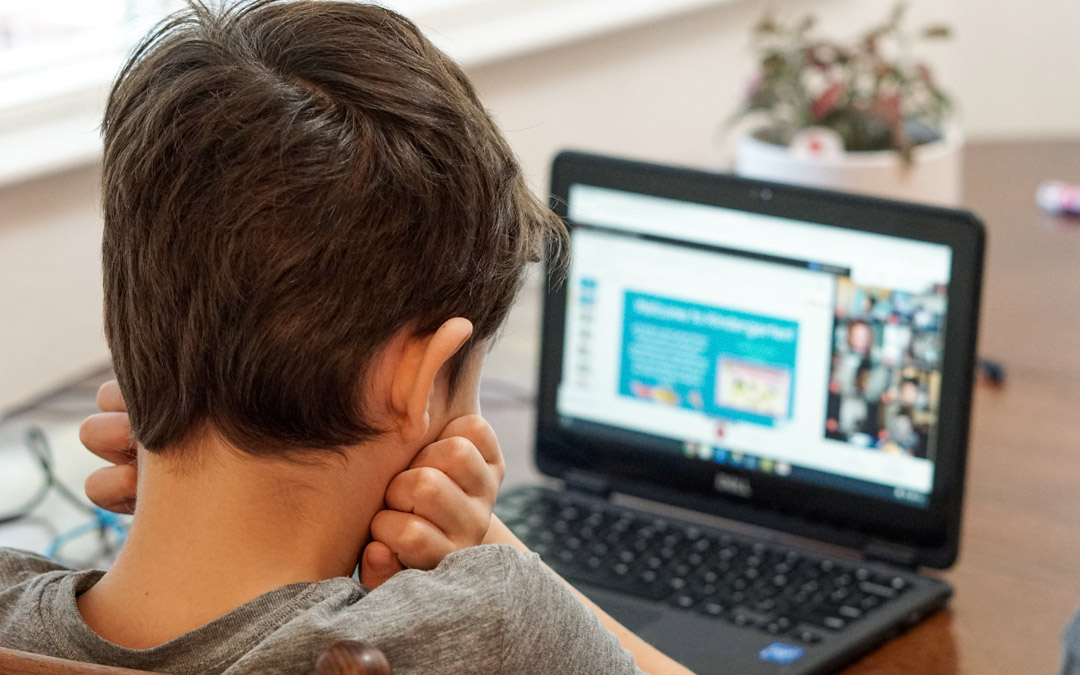For 30 years, she presided over classrooms where joy was part of the learning process. She reached for the heart as well as the brain.
Now, she’s trying to reach across a strange technological landscape to hold the attention of restless children.
The pandemic has taken so much away. The old pleasures of the classroom have been temporarily replaced by a modern computerized ordeal in which children attempt to learn while in enforced isolation. For everyone, the transition has been enormous.
“By far,” she says, “the toughest year ever. For the kids, it’s had a massive effect. They need interaction with other children. How do you make friends online? Instead, we’ve got children who are getting more addicted to technology and have less ability to interact with other children.”
She teaches third grade at one of our suburban public schools. But she speaks, assuredly, for countless other teachers whose traditional classroom skills have been, as she puts it, “turned upside down.
“Not only how to teach online but all the new technology, a new curriculum, how to communicate with students in this new environment. The human element has changed. I’m so used to being with them, being animated, having proximity when someone’s off-task or somebody’s frustrated and they need me to talk to them quietly while nobody else hears us.
“You can’t do that online. Just having a teacher close by gives them a sense of security, that there’s somebody there to help them. That’s gone now. It’s just gone.”
She sits at home each morning and plugs into two different computers. She sees about 20 different faces in individual boxes.
“Like the Brady Bunch,” she laughs. “But they don’t all fit on the same screen, so you toggle back and forth. But then we have freezing issues, where I’m frozen or they’re frozen, and I’ll hear them call out, ‘What did you say?’
“And I don’t always know if they’re paying attention. Some of them are playing games online while I’m teaching. I can see their eyes are focused elsewhere, and when I ask questions, they have no idea what I’m talking about. Maybe they’re reading or they’re playing games online or drawing. In a classroom, I can say, ‘This is not the time for drawing.’ But I can only see their heads in the box.”
Then, there are the parents.
“There’s helpful, and then there’s too helpful,” she says. Again, a rueful little laugh. “You actually have parents who will correct their kids’ work or do their work for them, making sure everything is turned in perfect.
“They’re eight years old — it shouldn’t be perfect. Some of their vocabulary is a little too good for a third grader. Or they’re using a semicolon. I’m thinking, ‘There’s no way we’ve covered semicolons.’
“I can tell the parents are off to the side, because the child is looking to the side. Or I can see an elbow or a hand. It’s like teaching 20 kids, and their parents. Or there’s a pet there or a baby sibling. I’ve actually had parents who have popped onto the screen and said, ‘What page is that?’ or ‘Where would I find that assignment?’
“In classrooms, the parents aren’t there, so the kids are fully independent. Now, they’re relying too much on their parents, and the parents feel the need to intervene. These kids getting A’s on virtual. Are they going to get C’s and D’s when we get back to the classroom?”
She’s not attempting to blame anyone. Maryland shares these problems with every state. She’s merely attempting to set the record straight: here’s what’s really going on. We shouldn’t delude ourselves into imagining a “normal” school situation.
“The kids,” she says, “are finding it very difficult. They’ve expressed frustrations in writing, or we’ll do social and emotional lessons. They talk about what stresses them out, what causes anxiety.
“Their emotional state is probably even more important than academics since the pandemic. So sometimes I’ll just play a song, or I’ll let the kids send me song requests.”
Just a little touch of normalcy.
Until the real thing, someday, comes along.

A former Baltimore Sun columnist and WJZ-TV commentator, Michael Olesker is the author of six books. His most recent, “Front Stoops in the Fifties: Baltimore Legends Come of Age,” was reissued in paperback by the Johns Hopkins University Press.





